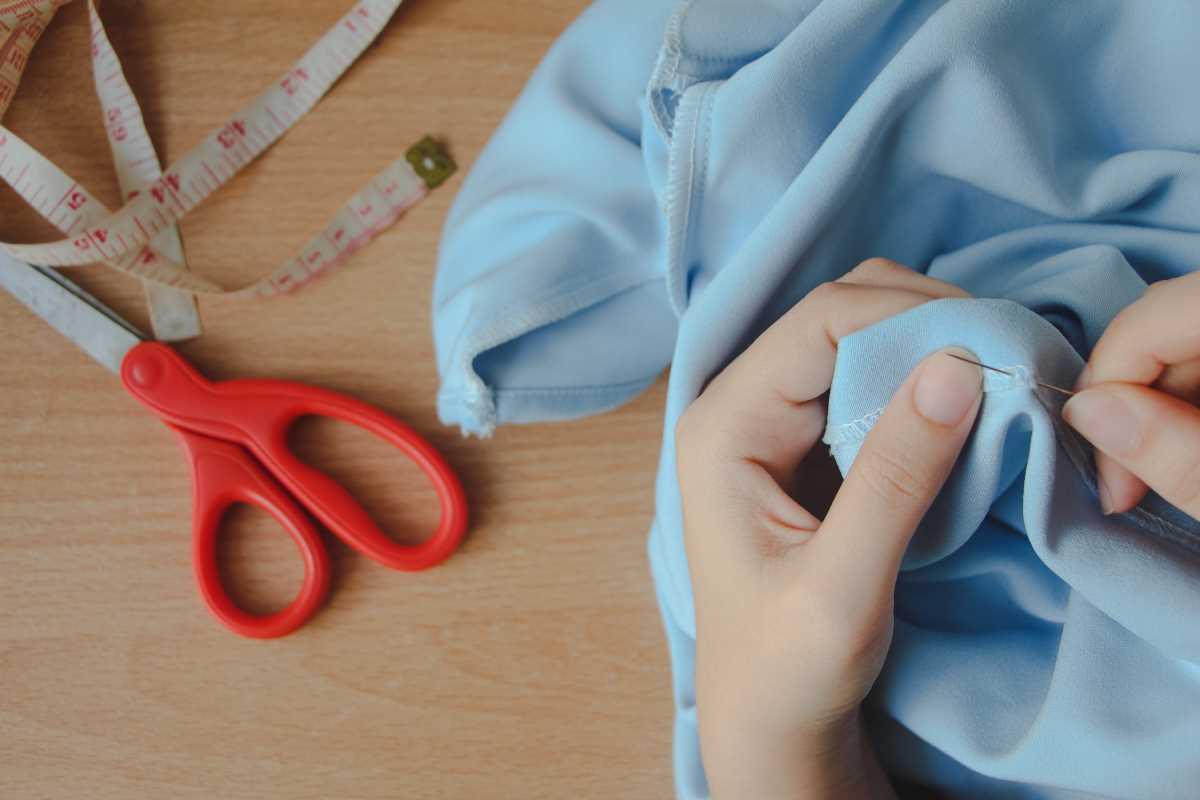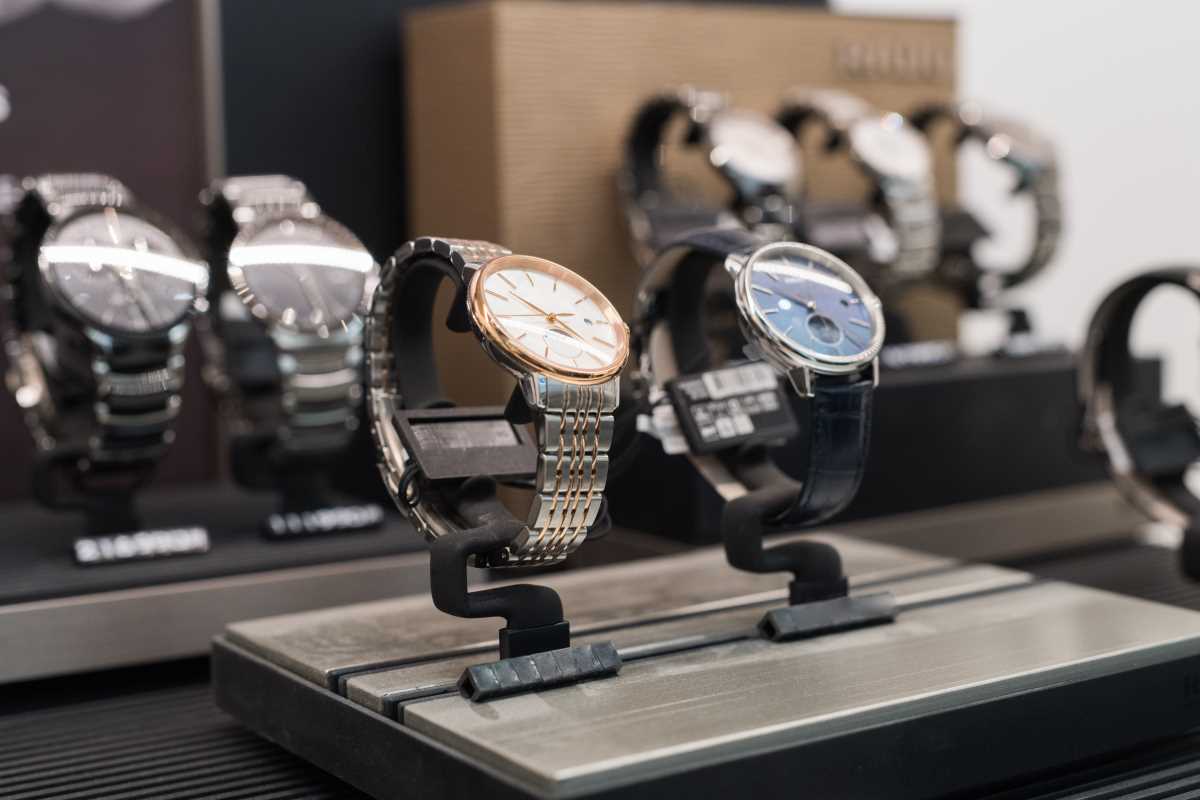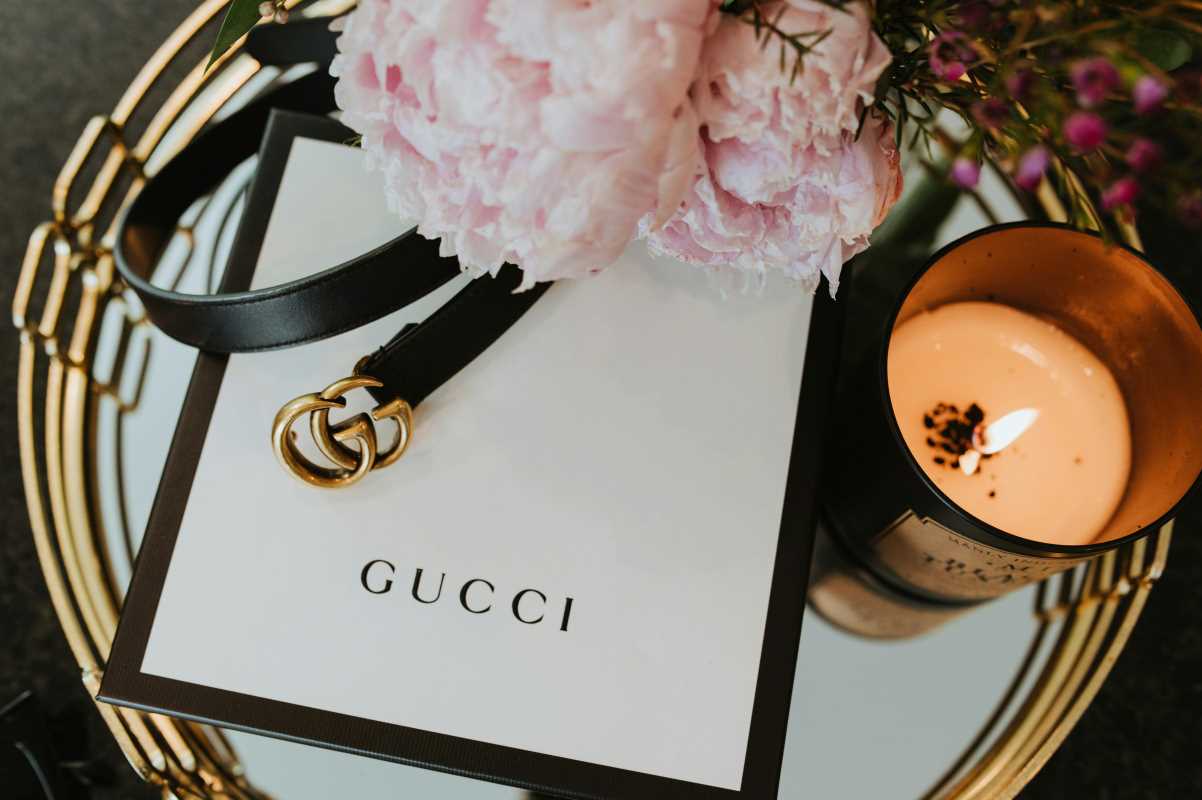Are you staring at a closet full of clothes yet feeling like you have nothing to wear? You’re not alone. Sometimes it’s not about buying something new but about breathing life into what you already own. Alteration services can work wonders by transforming your tired or ill-fitting clothes into pieces that look and feel fresh. Even better, these tweaks don’t have to cost a fortune. You can update your wardrobe without emptying your wallet by utilizing budget-friendly alteration services or even trying a few DIY solutions. Whether you’re a fashion enthusiast looking to personalize your look or just trying to make more sustainable choices, alterations are an easy and creative solution for anyone on a budget.
Small Changes, Big Impact
A simple adjustment can make all the difference in how a piece of clothing looks and fits. Have you ever tried on a pair of jeans that were too long or a shirt with sleeves that didn’t quite hit right? Instead of ditching them, minor alterations like hemming, taking in a waistline, or shortening sleeves can completely transform how they fit. These changes are practical and affordable.
For example, hemming pants typically costs around $10 to $15 at most alteration shops. Compare that to the price of buying a new pair of jeans, and you’re already saving money. Tailors can also add darts to dresses or tops to make them fit closer to your shape, giving off a polished, custom-made vibe. Think of these tweaks as little upgrades. They may not look drastic, but they can totally upgrade a piece that otherwise goes unworn.
Tips for Finding Affordable Alteration Services
Now that you’re aware of what alterations can do, the next step is finding a tailor you can trust without blowing your budget. Here are some tips to help you out:
- Ask Around: Start by asking friends or family for recommendations. Sometimes, the best tailors are smaller, independently owned shops that don’t advertise much but rely on word of mouth.
- Seek Dry Cleaners with Tailors: Many dry cleaning shops have in-house tailors who offer basic alteration services. They’re often more affordable than specialty tailoring shops.
- Check Thrift and Consignment Stores: Some secondhand and thrift stores collaborate with tailors and either offer discounted services or have leads on affordable professionals.
- Use Apps and Social Media: Neighborhood apps like Nextdoor, Facebook groups, or even local Reddit threads can help you discover budget-friendly options nearby.
- Prioritize Simplicity: Save larger, more complicated alterations (like resizing coats or reconstructing dresses) for higher-quality garments where the expense will be worth it. Stick to basic fixes for the rest because these are quicker and cheaper.
Always ask for a price estimate before going ahead with alterations. Knowing the cost upfront ensures there are no surprises when it’s time to pay.
DIY Alteration Projects You Can Try at Home
If you're feeling creative or enjoy a little hands-on work, DIYing basic alterations is a fun way to save even more money. You don’t need to be a sewing expert either. A few tools, some patience, and a little guidance can go a long way. Here are some beginner-friendly ideas:
- Iron-On Hem Tape: If you don’t have a sewing machine, it’s no problem. Use iron-on hem tape to shorten pants, skirts, or sleeves. Just fold your fabric to the desired length, place the tape inside the fold, and use an iron to seal it.
- Add or Replace Buttons: Missing or dull buttons can make clothes look worn-out. Adding fresh buttons makes clothes feel new again. All you need is a needle, thread, and a few spare minutes.
- Distress Your Denim: You can easily give your old jeans a trendy, ripped look. Use scissors, tweezers, or sandpaper to fray and distress them wherever you’d like. Just be sure to go slow to avoid overdoing it.
- Adjust a Waistband: If your pants or skirts are a little loose, you can sew simple elastic bands into the waistband to make them tighter without affecting the overall look.
- Turn Dresses into Skirts or Tops: Have an old dress that feels too outdated or long? Snip it at the waist to create a trendy crop top or stylish skirt. This one does require some careful cutting and hemming but can pay off big time!
Thanks to YouTube tutorials and beginner kits from craft stores, it’s super easy to learn as you go. Completing your own alterations can make old clothes feel fresh and uniquely yours.
Deciding What’s Worth Altering
Before you rush to alter or DIY every questionable piece you own, it’s important to figure out what’s actually worth the effort and cost. Here are some questions to help you decide:
- Do You Love It? If there's a piece you adore but it doesn’t fit quite right, it’s probably worth altering. A beloved item given a new life is almost always a great investment.
- What’s the Quality? High-quality fabrics like silk, wool, or denim are often expensive to replace but hold up well. Altering these is usually worth it. On the flip side, cheaply made fast-fashion items may not last long even after they’re altered.
- Does It Have Sentimental Value? Clothes with emotional significance, like a gift from someone special, can be great candidates for alteration because they hold memories worth preserving.
- How Versatile Is It? Classic items like blazers, trousers, or even t-shirts that can be worn often and paired with other pieces are worth the small investment in alteration services.
Whenever you’re unsure, track how often you’ve worn the item recently. If you wouldn’t wear it as is, but could see yourself wearing it after some changes, go for it!
Creativity and Sustainability at the Core
Altering your wardrobe allows you to express your creativity and make more sustainable fashion choices. Fast fashion has made it easy to ignore the value of the clothes we already own, but alterations challenge that mindset. They encourage you to think more deeply about your wardrobe and how you can make it work for you, instead of constantly buying new.
Even better, extending the life of your clothes is a win for the planet. The less we throw away, the fewer resources we waste. It’s a small step, but those small steps add up when more people get involved.
 (Image via
(Image via





